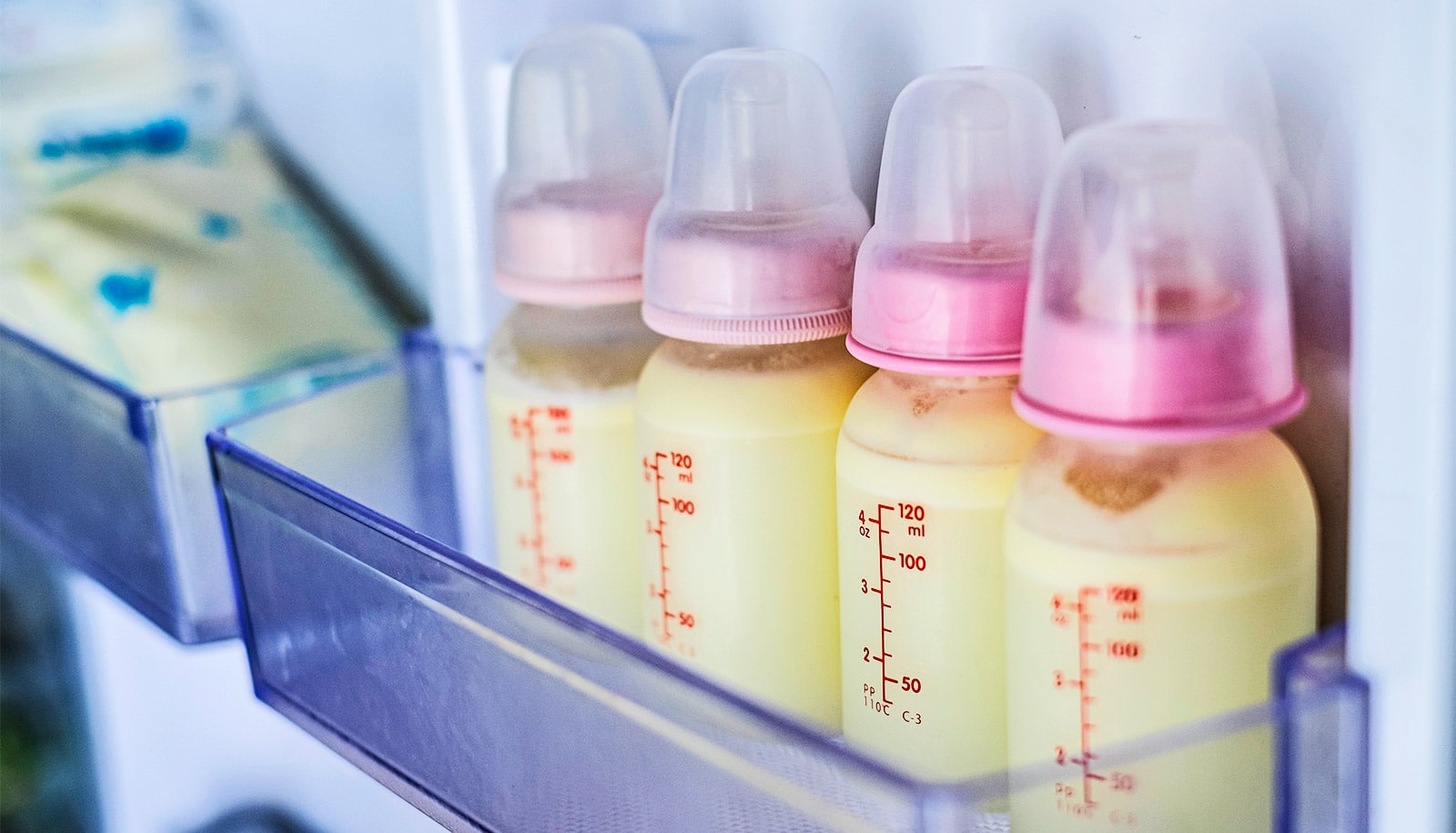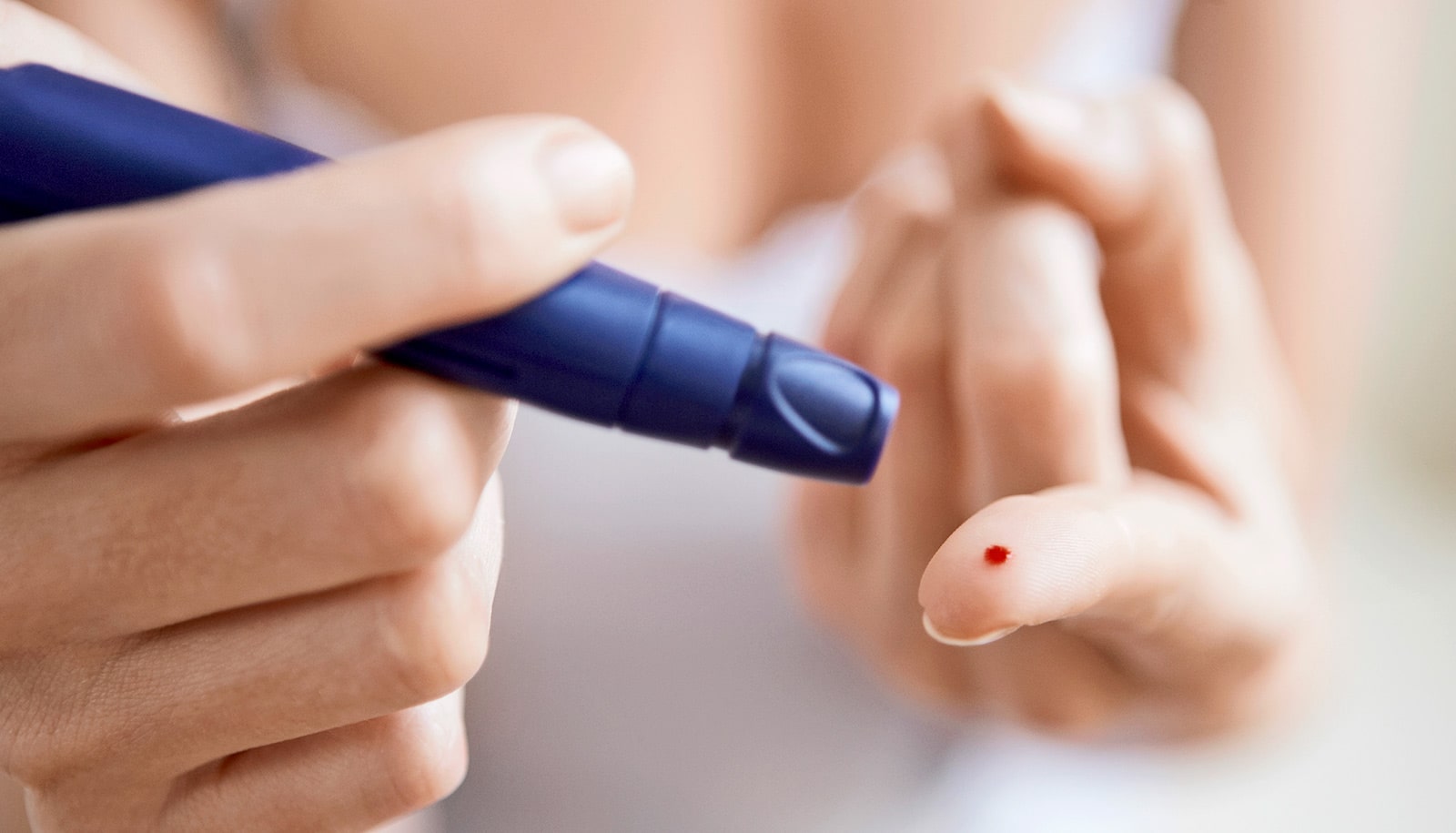Researchers have found toxic flame retardant chemicals in breast milk samples, a new study shows.
The findings show, for the first time, that chemicals meant as replacements for other banned toxic chemicals are now building up in people.
The study, published in Environmental Pollution, is the first peer-reviewed study in a decade to analyze the breast milk of US women for various types of brominated flame retardants (BFRs).
These dangerous chemicals—often put into casings for TVs and other electronics—are linked to negative health impacts such as learning problems, hormone disruption, and reduced fertility. BFRs are members of a larger class of harmful compounds known as organohalogens.
While the study’s findings show that levels of one type of these chemicals—called polybrominated diphenyl ethers (PBDEs)—have declined by about 70% since they were last measured in the United States 10 years ago, another type of BFRs, bromophenols, that may be used to replace PDBEs, are building up in breast milk from US moms. The researchers found these largely unregulated chemicals in 88% of breast milk samples tested.
“This study is the first to find harmful flame retardants called bromophenols in breast milk in the US,” says coauthor Amina Salamova, assistant professor of environmental health at Emory University’s Rollins School of Public Health.
“It is concerning to find these chemicals in breast milk because they have already been found to affect children’s brain development and disrupt key thyroid hormones during fetal development. And now we know that infants are being exposed through breast milk.”
The new findings are based on samples provided between March and October 2019 by 50 new moms who were pregnant or breastfeeding for the first time, and all of whom lived in or near Seattle, Washington.
“While we know that flame retardant chemicals may be harmful, it is important to remember that breast milk provides significant benefits to newborn and child health. Breast milk is still best for newborns,” says Sheela Sathyanarayana, coauthor and professor of pediatrics at the University of Washington and Seattle Children’s Research Institute.
Earlier research by Toxic-Free Future found that most televisions contained these toxic flame retardant chemicals and that most companies had replaced PBDEs with brominated flame retardants. Other studies have shown that chemicals can escape out of products into dust and air in homes, travel through wastewater, and pollute homes, water, and food supplies.
“Our results show that when we prohibit the use of persistent toxic chemicals like PBDEs, we make breast milk safer for babies,” says Erika Schreder, coauthor and science director at Toxic-Free Future.
“But it’s disturbing to find that the replacement chemicals are now building up in breast milk. I hope we can learn our lesson this time and put policies in place that address the entire class and make sure chemicals used in products are known to be safe.”
Source: Emory University



